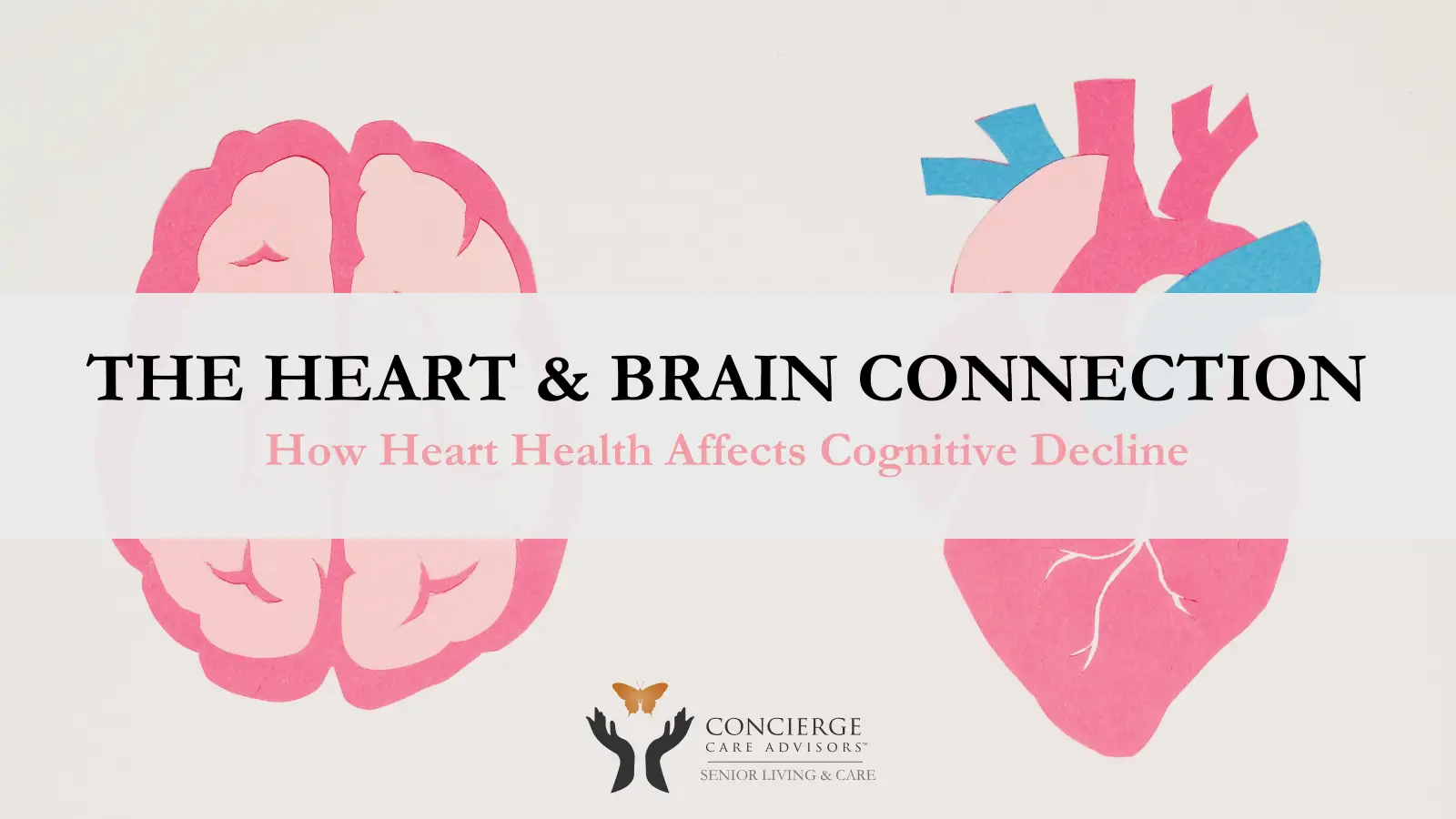By that headline, we mean that your blood pressure is not the same in both arms; they are not equal. When measuring blood pressure in seniors, it’s vital that you get a reading for EACH arm – not just one.
In the U.K., Richard McManus (from the University of Oxford) and Jonathan Mant (Cambridge) released a report on a recent study conducted of numerous seniors and their blood pressure results. The findings were that seniors who had a high enough difference in mercury (mm Hg) were more prone to hypertension, strokes, kidney disease, or even cardiovascular disease.
Although they will continue to test this with research going forward, the findings are concrete enough that they’re urging seniors to get their blood pressure checked in BOTH arms.
For a while now, doctors, medical experts, and even the AARP have told seniors to get their blood pressure checked in both arms (at least during their first visit). Of course, seniors seldom do and, even if they have both arms checked, they don’t do it again in their repeat visits.
Now, more than ever however, it’s imperative for seniors to get both arms checked and they should every time they visit the doctor.
The research shows that a difference of 15mm HG between arms made seniors “2.5 times more likely to have Peripheral Artery Disease (PAD)” (LiveScience).
What is Peripheral Artery Disease?
Peripheral Artery Disease (or PAD) is when your arteries narrow. This causes an increase in blood pressure, a reduction in blood flow and varying levels of discomfort – some people show no signs or symptoms of PAD while others feel pain where their arteries have narrowed.
Checking Both Arms for Blood Pressure in Seniors
It’s important to get both arms checked for blood pressure in seniors because regardless of whether or not they suffer from PAD, they may be at a heightened risk for cardiovascular disease.
Christopher Clark, another contributor to the study from Peninsula College of Medicine and Dentistry, determined that if a senior’s systolic blood pressure readings have a difference of 10 millimeters of mercury (mm Hg) or more, then they are at increased risk of heart attack, disease, and stroke.
It doesn’t matter which arm has the higher reading, what matters is how different the readings are between them.
How Dangerous is High Blood Pressure in Seniors?
It’s serious. High blood can lead to hypertension, kidney disease, strokes, and heart disease – one of the leading causes of death in America alone. Some reports show that it can even cause dementia or diabetes.
PAD is also a dire consequence and is often referred to as a silent killer because some elders aren’t even aware they have it. It can lead to pain where the arteries have narrowed, but often it does not. For this reason, the best way to treat PAD is by getting your blood pressure checked in both arms.
As with most studies, it is important to take the research with a grain of salt, but considering that credible organizations have recommended this in the past and this new data presents reasons for why – and it only takes a few minutes anyway – you should definitely follow through with it.






















